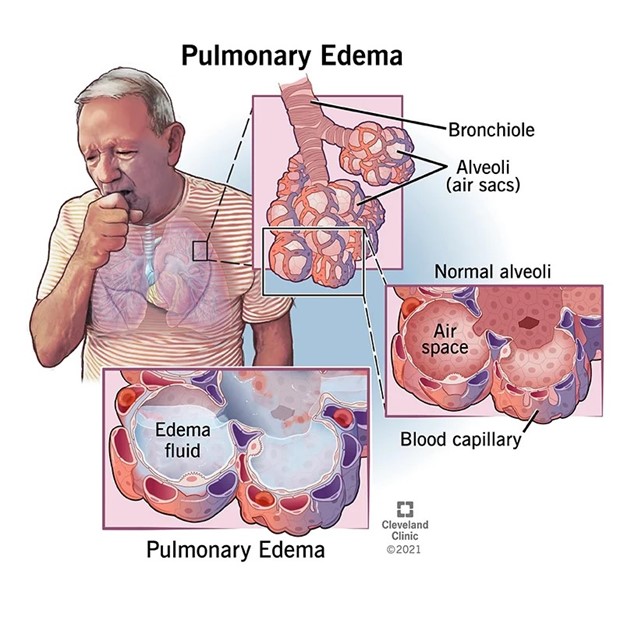A nurse on a medical-surgical unit is caring for a group of clients. Which of the following clients should the nurse see first?
A client who is postoperative and reports intermittent nausea
A client whose blood pressure is 160/90 mm Hg and reports a headache
A client who is scheduled for surgery in 2 hr
A client who is postoperative and has a Jackson-Pratt drain
The Correct Answer is B
Hypertensive crisis is a severe increase in blood pressure that can lead to organ damage or other complications. Prompt assessment and intervention are necessary to prevent further escalation of blood pressure and potential complications.
While all the clients mentioned require attention, the client with elevated blood pressure and a headache poses a higher immediate risk. The nurse should assess the client's blood pressure, evaluate for signs of target organ damage, and initiate appropriate interventions, which may include administering antihypertensive medications as prescribed and monitoring closely for any changes in the client's condition.
The client who is postoperative and reports intermittent nausea can be assessed and managed after addressing the client with the elevated blood pressure and headache.
The client scheduled for surgery in 2 hours can be addressed according to the scheduled timeline.
Nursing Test Bank
Naxlex Comprehensive Predictor Exams
Related Questions
Correct Answer is C
Explanation
Fluid overload refers to an excess volume of fluid in the body, which can occur as a result of various factors, including excessive fluid intake or inadequate fluid removal. Crackles heard in the lungs, also known as rales, can indicate fluid accumulation in the lungs, a condition known as pulmonary edema. It is a common manifestation of fluid overload and can be detected through auscultation of the lungs.

Weight loss is typically associated with inadequate calorie or nutrient intake, rather than fluid overload.
Weight loss is typically associated with inadequate calorie or nutrient intake, rather than fluid overload.
Weight loss is typically associated with inadequate calorie or nutrient intake, rather than fluid overload.
Correct Answer is B
Explanation
Veracity refers to the principle of truthfulness and honesty in communication. By truthfully communicating about the adverse effects of the prescribed medications, the nurse is demonstrating veracity. This ethical principle emphasizes the importance of providing accurate information to the client to promote informed decision-making and autonomy.
Justice refers to fairness and equitable treatment, ensuring that individuals receive what they are due and that resources are distributed appropriately. While justice is an important ethical concept in healthcare, it is not directly applicable to the nurse's communication about adverse effects.
Autonomy refers to respecting the right of individuals to make their own decisions and choices regarding their healthcare. While truthfully communicating about adverse effects supports autonomy, autonomy itself is not the specific ethical concept being exhibited in this scenario. Beneficence refers to the ethical principle of acting in the best interest of the client and promoting their well-being. While providing accurate information about adverse effects can be seen as a form of beneficence, it does not directly address the nurse's truthful communication in this specific scenario.
Whether you are a student looking to ace your exams or a practicing nurse seeking to enhance your expertise , our nursing education contents will empower you with the confidence and competence to make a difference in the lives of patients and become a respected leader in the healthcare field.
Visit Naxlex, invest in your future and unlock endless possibilities with our unparalleled nursing education contents today
Report Wrong Answer on the Current Question
Do you disagree with the answer? If yes, what is your expected answer? Explain.
Kindly be descriptive with the issue you are facing.
